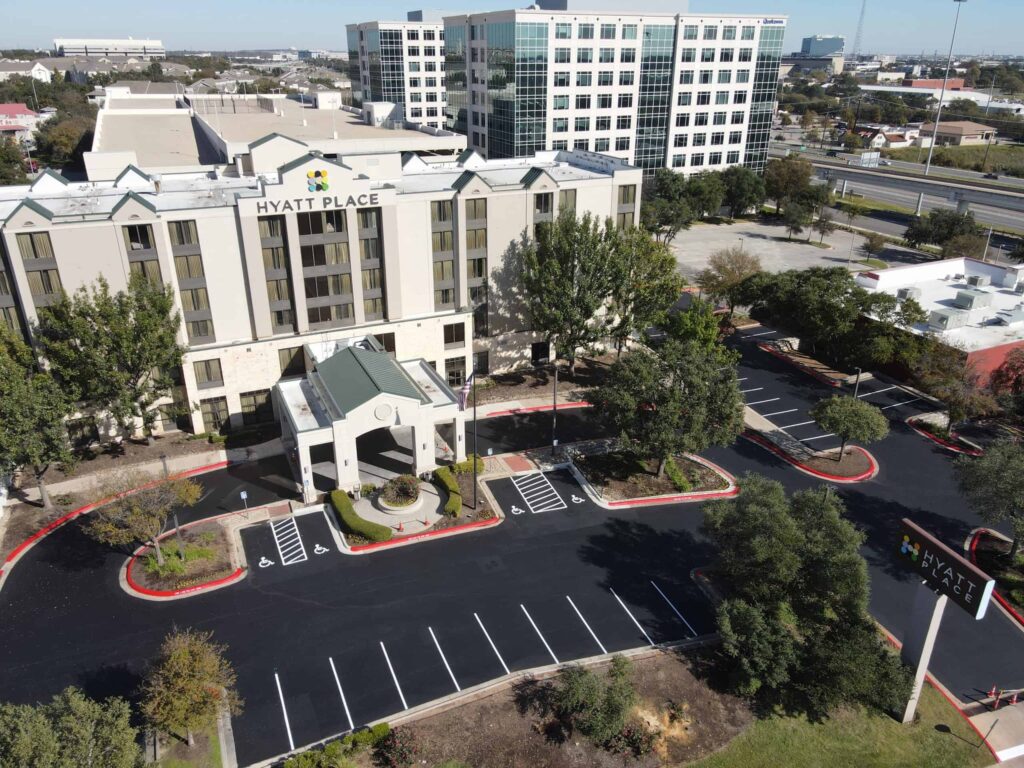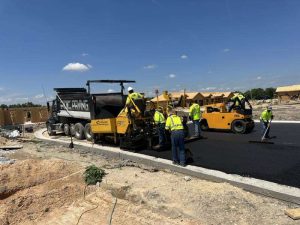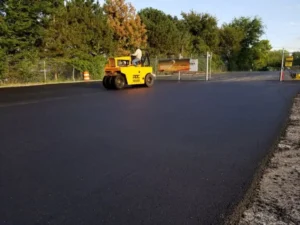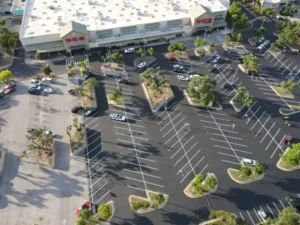Asphalt is the leading paving material in Texas because it is fast to install, aesthetically pleasing, economical, and, if properly maintained, durable. If you want your asphalt pavement to look its best and have a long life, you should consider three asphalt maintenance procedures: patching, seal coating, and striping.
What Is Asphalt Patching?
Patching techniques can be used to resolve several types of issues, but the most common problems are alligator cracking and potholes.
1. Skin patches can be applied to the surface to deal with damage that does not go deeper than an inch or two. Although skin patches are the least expensive patching technique, they are temporary fixes. In most cases, they are better than neglecting the damage, but it is usually more cost-effective to choose a patch that will last longer rather than replace a skin patch repeatedly.
2. Peel-and-pave patches are also referred to as remove-and-replace repairs. The damaged pavement is removed, typically with a saw, and replaced with new asphalt paving. The contractor can remove the pavement to whatever depth is necessary to take out the damage. If the foundation needs to be repaired or strengthened, it can be accessed by using the full-depth patching method. Otherwise, the contractor can use the partial-depth patching method.
3. Asphalt resurfacing has some similarities to a partial-depth patch, but the technique can be used to address a wider range of problems. Because the technique only removes about two or three inches of the pavement, it is not an ideal solution for pavements with severely compromised foundations. However, asphalt resurfacing can ensure that pavement features and transitions retain their original elevations after the new asphalt is placed and compacted.
What Is Sealcoating to an Asphalt Maintenance Contractor?
In the broadest sense, a sealcoat is a substance that is applied to an object to protect it. The final coat of paint that automakers apply to their vehicles is a type of sealcoat that serves functions similar to asphalt sealcoating: protect and beautify. Parking lot sealcoating in Austin is a popular and economical way to protect asphalt pavements from UV rays, water penetration, and vehicle fluids. It also restores faded pavements to their original rich, luxurious, dark color. Sealcoating is not a one-time procedure, however, so you will need to sealcoat your pavement every couple of years.
Why Is Striping an Asphalt Maintenance Task?
Your parking lot should present a welcoming, secure image to every visitor. Marking and striping your lot eliminates confusion, helps people navigate your property safely, and allows you to park more vehicles than you could accommodate without thoughtful striping. In addition, you will need to meet the guidelines contained in the Americans with Disabilities Act that apply to handicapped parking spaces. You may also be subject to local codes that require specific markings for fire zones, emergency vehicles, loading zones, and other areas. You will need to repaint your markings and line striping after you sealcoat, which is why many parking lot maintenance & repair contractors offer both services. If you notice that the paint is bubbling, flaking, or cracking, you may want to have your contractor touch it up or repaint your entire lot early. You should also go ahead and repaint if your stripes and markings lose more than 25% of their original visibility.
Why RDC Paving Is the Right Choice
RDC Paving offers an extensive range of paving services, including asphalt resurfacing and patching, asphalt milling, asphalt paving, sealcoating, driveway paving, asphalt crack repairs, parking lot striping, and concrete work. We have a superb reputation for high-quality work and exemplary customer service, and we are known for our integrity, professionalism, and reliability. We would be happy to prepare a free quote for you if you will either submit the online form or call 512-920-9155.
